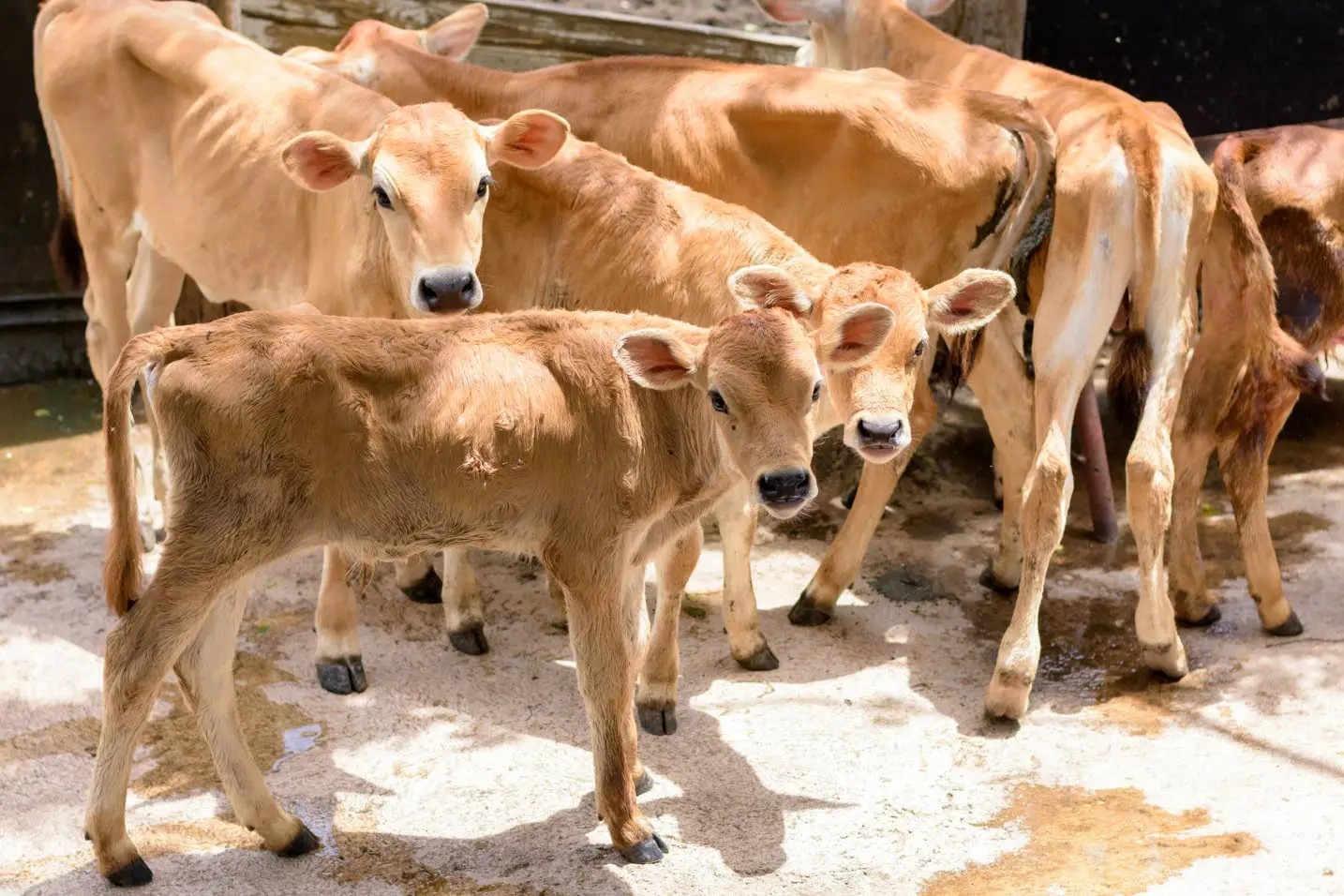
What about food security?
Jamaica gained Independence in 1962 and seven years later the British currency was replaced by our local currency. In September 1969 when the local currency was introduced the exchange rate was US$1 to $1.26 and on the last trading date on September 20, 2024 the exchange rate was US$1 to $158.8, mirroring an inverse relationship with agricultural production and the foreign exchange rate.
Over these 55 years, the Jamaican economy became more unstable than that of the state it was in during the colonial period, and although educational institutions have graduated many from the primary to tertiary levels, migration of the educated and skilled labour force to North America and Europe is one of the measurements used by the workforce to find a better way of life in more developed countries.
In the 1960s to the mid 1970s the export of agricultural produce was at levels to sustain an economical business friendly exchange rate, but by the 1980s agricultural export started rapid decline.
The production of sugar in the 1960s was as high as 162,000 tons, of which just about 80,000 tonnes were used for local consumption, but in 2023 sugar production was 35,000 tonnes, less than 50 per cent needed for local consumption. This decline threatened major industries, like rums and spirits, baking and juices.
In 2022 molasses import was US$27 million and in 2023 the import of this critical rum manufacturing material increased to US$37 million, unnecessarily putting pressure on the exchange rate.
Although it would be redundant to detail all the traditional crops, the decline showed a seminar trend for banana, citrus, pimento, cocoa, coconut, etc.
The decline in production in agriculture over the years has seen statistics from Ministry of Agriculture, Fisheries and Mining (MAFM) and Statistical Institute of Jamaica (Statin) showing growth as high as 20 per cent for domestic crops without taking into consideration the macroeconomic impact of the decimation of these traditional crops which has deprived the Jamaican economy of the inflows of hard currency and triggered the reduction in agricultural contribution to gross domestic product (GDP) from as high as 20 per cent in the colonial era to 8.5 per cent currently. This precipitous fall warrants urgent policy initiatives to arrest the problem and rebuild the agricultural sector through the following:
*Available and affordable financing
*Access to land
*Affordable access to modern equipment, machinery, and adoptable technologies
*Storage facilities
*Reform agricultural government institutions (Rural Agricultural Development Authority (RADA), Jamaica Agricultural Commodities Regulatory Authority (JACRA), MAFM, etc)
*Increase government budgetary allocation from 1 per cent to 4 per cent over five years
*Create the recommended agricultural fund from which the Jamaica Dairy Development Board (JDDB) is funded.
It was recommended that 1 to 3 per cent of all agricultural produce imported should go to one fund and agricultural non-budgetary requests funded from it, including Jamaica Agricultural Society, JACRA, Agro-Investment Corporation (AIC).
Prioritise research and create the nexus among Government, private sector, and universities.
It’s opportune that the Government use its build back better Hurricane Beryl initiatives to begin the resuscitation of the sector that has a value of 8.5 per cent of GDP which has a US dollar contribution of $1.7085 billion (GDP is USD 20.1 billion in 2023). Beryl damage is devastating, and government promise of $2.1 billion contribution to the 48,000 farmers seemed to be coming in tiny bits, with less than 10,000 farmers benefiting since the disaster on July 3, 2024, despite the generous assistance from the input suppliers and other donor entities. Besides, there have been reports of seeds shortages for some of the vegetable lines.
This situation can only worsen the already weak foreign exchange availability in the country coupled with the food import bill climbing to an unsustainable level, currently hovering about US$1.6 billion annually, while agricultural export is below US$300 million. There are some commodities like rice, flour, cornmeal, etc that are challenging to reduce their imports because local production of their import substitution alternatives continue to be low, and the hurricane has elevated the problems of finding the foreign exchange to pay for imported food and placing food security threats at crisis decibels — the rumblings of food scarcity and astronomical prices are on everyone’s lips, even in our schools and churches.
But even with this crisis, the Government in the last budget presentation removed the 15 per cent General Consumption Tax on imported food stuff on the grounds that imported items would be more affordable to consumers and the opposite happened. The Minister of Finance and Public Service Dr Nigel Clarke recommended a committee to protect our local farmers but to date MAFM has not fulfilled that safeguard, exposing both farmers and consumers to the greed of rapacious importers and retailers.
It’s quite obvious that there is a direct link between declining agricultural production and stable foreign exchange rate (FE). Further, other FE inflows, mainly from tourism, bauxite, remittances etc, are also on the decline and heavily dependent on favourable economic conditions in North America and Europe more so than local policy and economic leaver at Gordon House.
To be more sure-footed in food security and projective of the value of the local currency, Government and the private sector in consultation with our farmers need to come together to rebuild the economy through agricultural renewal and rural communities improvement.
It’s time to act instead of pontificating on how to reduce or remove import duties without creating the underpinnings for sustainable production in areas like animal feeds, improvement in the production of items needed for value-added from our local farmers.
In 2022, animal feed raw materials cost Jamaica US$136 million and a national plan is imminent to cut this by 50 per cent in 10 years by using former sugar cane lands to produce corn, sorghum, and cassava to make high-quality animal feeds. This would lead the way in value-added products from local production plus would result in stronger food sovereignty foundation, especially for the poultry and pork industries.

























